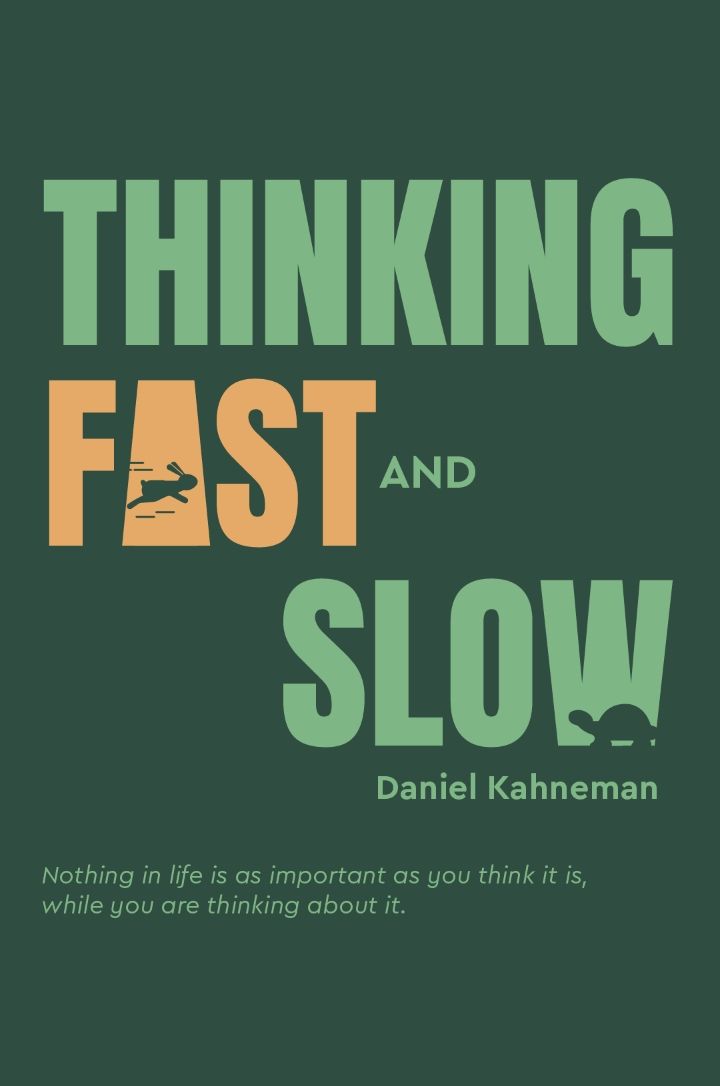The brain can deceive the eyes in some cases from "summary" of The Mind's Eye by Oliver Sacks
Oliver Sacks introduces us to the intriguing idea that the brain can sometimes play tricks on the eyes. He presents various cases where individuals experience visual hallucinations, a phenomenon known as Charles Bonnet syndrome. These hallucinations are vivid and complex, often involving intricate patterns and detailed scenes that are not actually present in the external environment. Sacks describes how the brain fills in gaps in visual information, creating a cohesive and meaningful picture of the world around us. However, in cases of Charles Bonnet syndrome, this process goes awry, leading to the perception of images that are purely products of the mind. The brain, in a sense, deceives the eyes by generating visual content that is not based on external stimuli. One of the most fascinating aspects of this phenomenon is that individuals experiencing visual hallucinations are often aware that what they are seeing is not real. They can recognize that their perceptions are illusions, yet they continue to see these vivid images that seem incredibly lifelike. This paradox highlights the complex and dynamic relationship between the brain and the senses. Sacks delves into the neurological mechanisms behind visual hallucinations, exploring how changes in brain function can give rise to these compelling but illusory perceptions. He emphasizes the importance of understanding the brain's capacity to deceive the eyes, shedding light on the intricate workings of the mind and its impact on our perception of reality. Through his exploration of Charles Bonnet syndrome and other cases of visual deception, Sacks invites us to consider the profound implications of these phenomena for our understanding of consciousness and the human experience. By illuminating the ways in which the brain can influence our perception of the world, he challenges us to question the nature of reality and the limits of our own senses.Similar Posts
Emotions are the bridge between the mind and body
Emotions are the bridge between the mind and body. They are the language that "speaks" to every cell in our body. When we exper...

Nauseating and offensive content depicted
The images you will encounter in this book can be described as nothing short of disturbing. They are designed to shock and repu...

Strive for inner fulfillment, not external validation
The essence of life is not to seek external approval or validation, but to find fulfillment within oneself. It is a common trap...

Harnessing the strengths of System 1 and System 2 is essential
In order to make effective decisions, it is crucial to understand the strengths and limitations of both System 1 and System 2. ...

Patients with neurological disorders deserve empathy and respect
In the world of neurology, patients with neurological disorders often face unique challenges that can be difficult for others t...
He faced periods of hospitalization
During his time at Princeton, John Nash experienced episodes of mental illness that grew increasingly severe. These episodes of...
The connection between vision and memory is complex
Vision and memory are not separate or discrete functions, but are deeply intertwined and interconnected in the mind. The comple...
The brain is a prediction machine
The brain is a marvel of prediction. It doesn't just react to the world, but it actively generates models of the world in order...
Continuity errors can occur when attention shifts unexpectedly
Continuity errors can arise when our attention shifts unexpectedly. These errors occur when we fail to notice a change because ...
